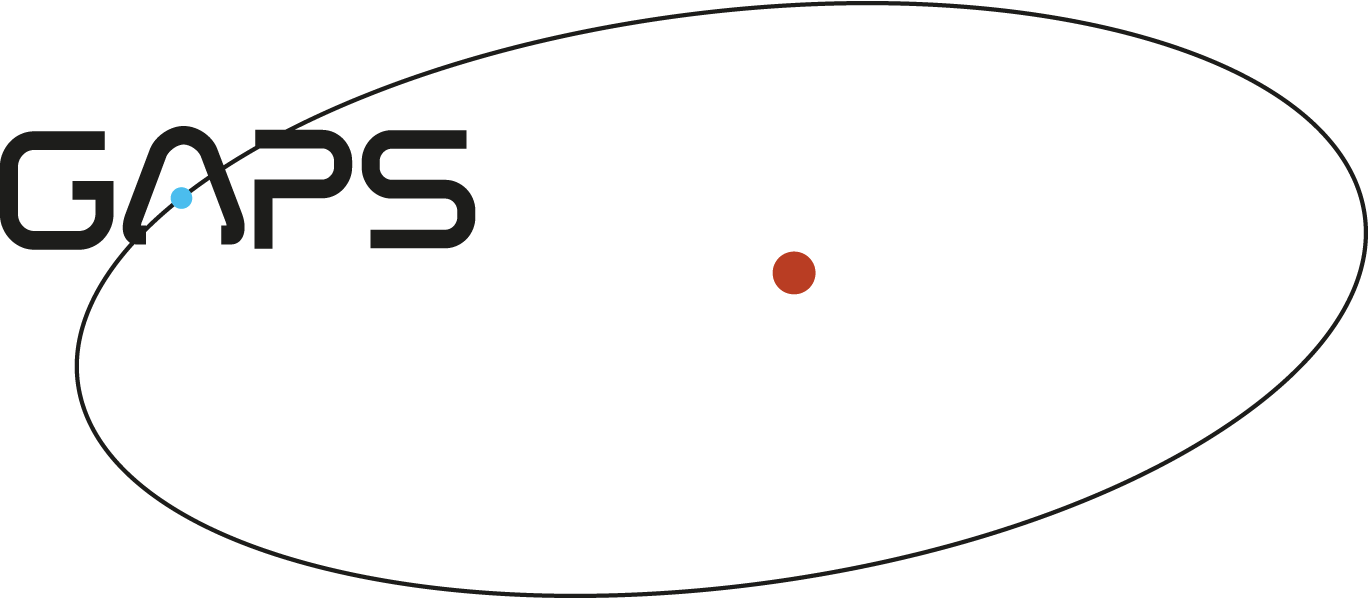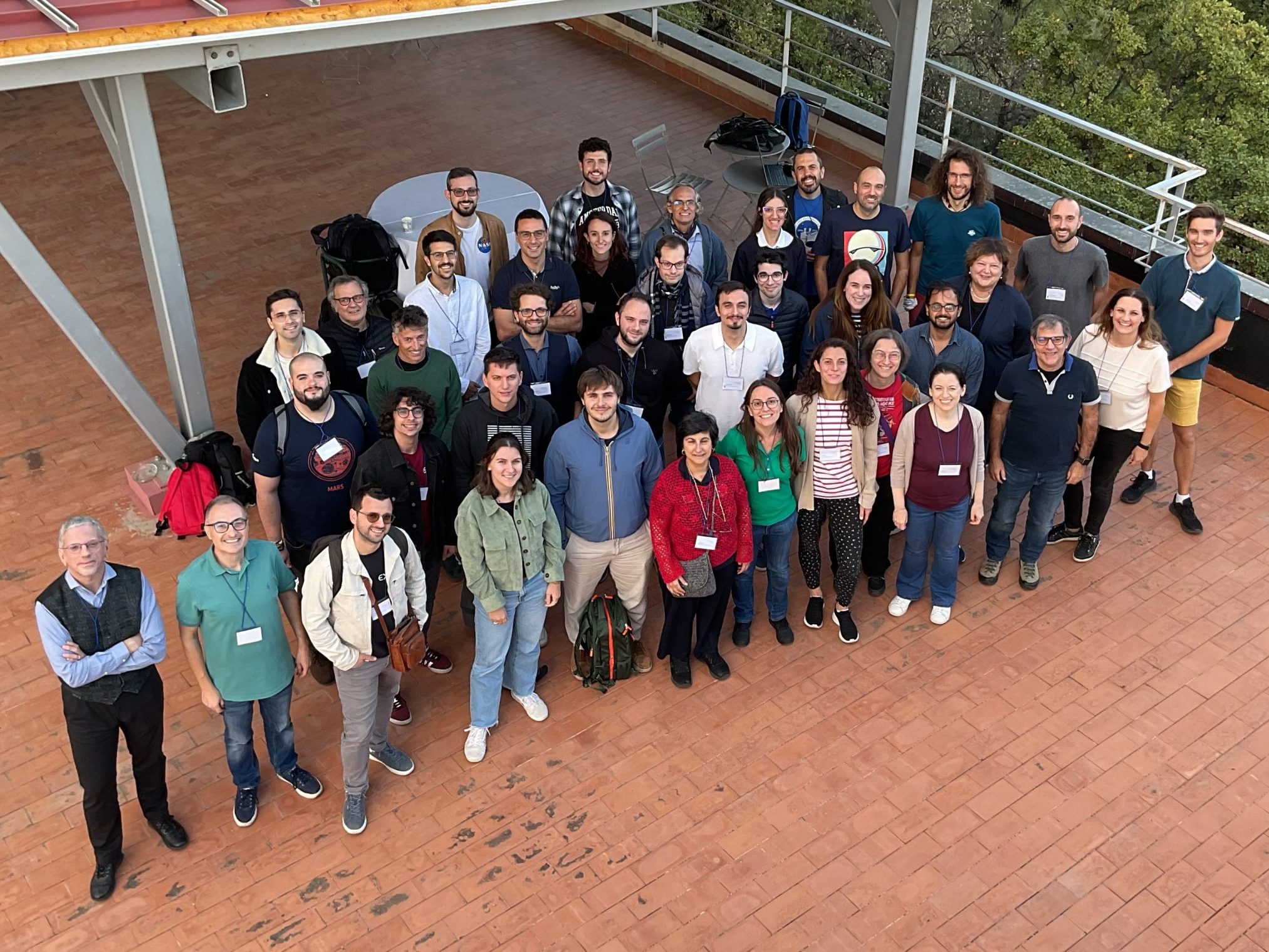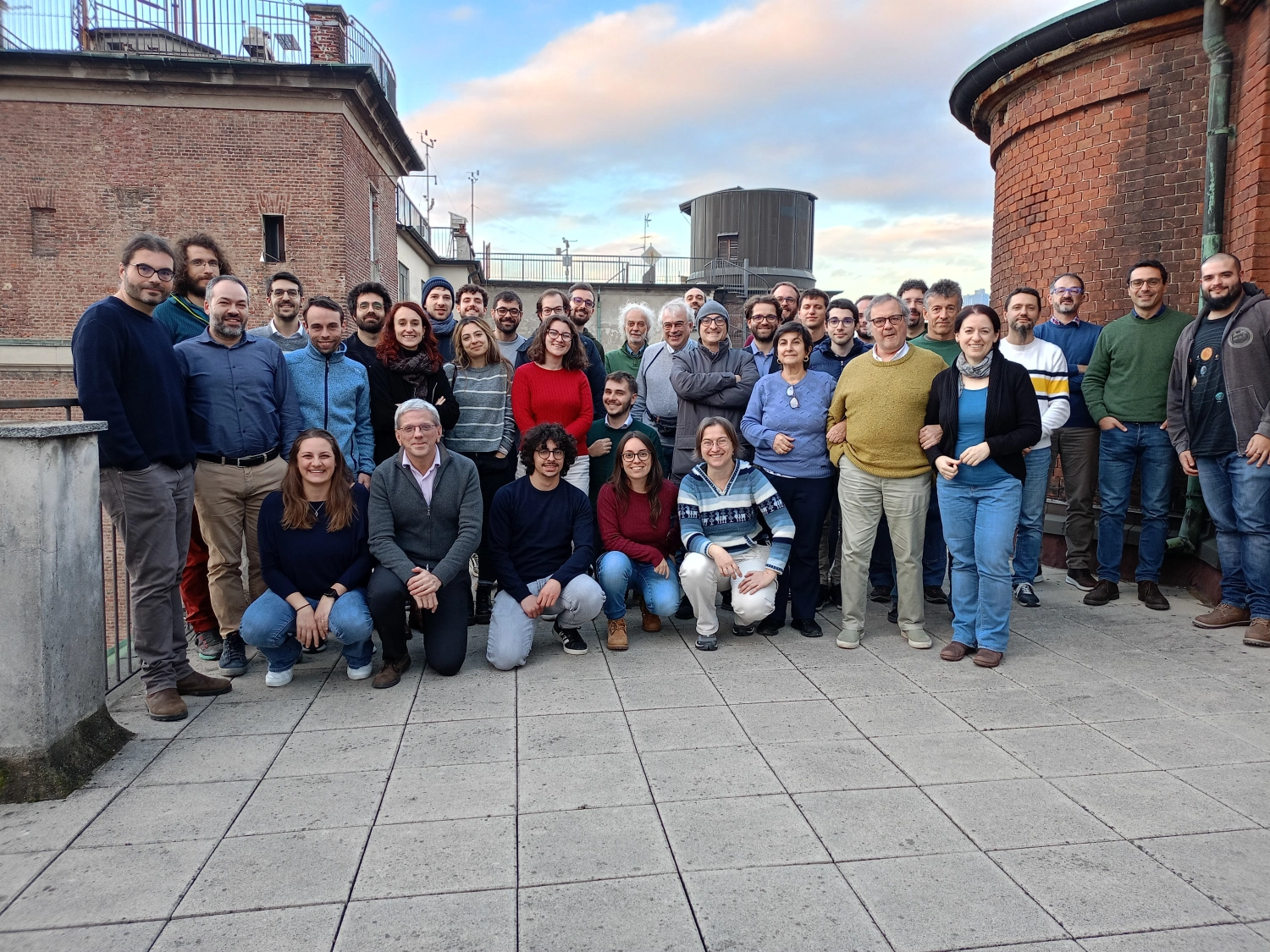GAPS is an Italian project that investigates several open issues in the field of exoplanetary science by making use of HARPS-N open time.
The project
GAPS is a long-term program for the comprehensive characterization of the architectural properties of planetary systems as a function of the hosts’ characteristics (mass, metallicity, environment).
The goal of the project is to take advantage of the unique capabilities of the instrumentation at the TNG to study the origin of the diversity of planetary systems, shaped by variable degrees of orbital evolution, exploring uncharted territories in the realm of planet formation and evolution with emphasis on the innermost regions.
The GAPS collaboration was set up at the end of 2011 in response to a solicitation formulated by the INAF Science Directorate to optimise the science return to the community of the HARPS-N @TNG open time. Several observing programs were carryed out since then, also in combination with the NIR spectrograph GIANO-B@TNG (GIARPS configuration), that GAPS members contributed to design, test, and optimize.
Timeline
From Oct 2023 – up to date
Due to a change in the agreement between INAF and the HARPS-N Collaboration for the maintenance of HARPS-N at the TNG, starting from October 2023 (AOT48) the allocation of TNG time includes 75 nights per semester dedicated to exoplanet research programs.
Following this, GAPS has entered a new phase, characterized by three long-term programs: BRIDGES (Building a Road to the In-Depth Investigation of Exoplanetary Atmospheres, 9 nights per semester), ArMS (“Ariel Masses Survey”, for the mass determination of small planets amenable for atmospheric characterization with the ESA – Ariel Mission, 10.5 nights per semester), and GFU (The Great HARPS-N hunt for super-Earths and Neptunes interior to outer giant planets detected by Gaia, 13 nights per semester). These programs are formally separate but maintain a scientific coordination similar to previous years.
Additionally, a series of short-term programs (up to 10 nights per semester), led by Early Career Researchers of the Collaboration, enriches and diversifies the scientific cases of GAPS.
From Apr 2017 – Sep 2023
Starting from AOT35, thanks to the availability of GIARPS@TNG, the GAPS program has been upgraded to study the origin of the diversity of planetary systems, including early stages of planetary formation and evolution. In order to reach this ambitious objective we have identified a series of key phenomena that produce observable tracers of a) the environmental conditions at the formation time, b) the variable degrees of its subsequent dynamical evolution, and c) the role played by the properties of the central stars. Such diagnostic tracers can be measured directly and homogeneously now with GIARPS, exploiting its unique O/IR spectroscopic capabilities on well-defined target samples.
After a demonstration phase performed during AOT36, a 5-years Long Program (GAPS2) addressing these objectives has started in AOT37 (April 2018) at TNG. Further 34 nights have been allocated for the semester April-September 2023.
Ancillary Guest Observer programs with similar science goals are also carried out with HARPS@ESO 3.6m, including TESS candidates in the austral emisphere. Follow-up of TESS alerts in the boreal emisphere will be carried out at TNG starting with the AOT40 period (Oct 2019). In 2019, expressions of interest have been presented also for the future exploitation of PEPSI@LBT and SOXS@ESO-NTT.
From Aug 2012 – Mar 2017
The scientific goal of GAPS till AOT 34 (March 2017) was understanding the architectures of planetary systems and their properties. The adopted strategy was manifold including an ambitious program to search for new planets (discovery surveys) around stars with well-defined characteristics and a program aimed to investigate the diversity of structures in known planetary systems, exploiting the outstanding capability of HARPS-N to detect and characterize telluric planets around main-sequence stars. The two approaches were complementary and both relevant to attack in a comprehensive way the question of the “Global Architecture of Planetary Systems”. GAPS was therefore a balanced combination of discovery and characterization observations. Not surprisingly, immediate results were more promptly achieved by the second ones, while new discoveries and very good candidates were announced later on.
In July 2014, a collaboration agreement was signed between the GAPS Consortium and the EXOTEAM Spanish Consortium (Institut de Ciències de l’Espai de Catalunya, ICE, and Instituto de Astrofísica de Canarias, IAC), for a scientific coordination and optimization of observing time at the TNG, and subsequent data exploitation (HADES project).
Nov 2011
Science ideas have been initially presented at the “Exoplanetary Science with HARPS-N” meeting held in Padova in November 2011, to build a national project aiming to afford the theme of “Global Architecture of Planetary Systems” (GAPS).
Status of publications and observing programs
To date, the scientific production of the GAPS project amounts to 67 refereed papers, 3 submitted to refereed journals, and many others in preparation. The search of planets orbiting M dwarfs has been carried out in the framework of the HADES project, a collaborative effort between the GAPS Consortium, the Institut de Ciències de l’Espai de Catalunya (ICE), and the Instituto de Astrofísica de Canarias (IAC).
- 34 nights for 10 semesters assigned starting AOT 37 (Apr 2018)
- 28 nights assigned for AOT36 (Oct 2017-Mar 2018)
- 34 nights times 11 semesters since March 2018
For an overview of GAPS results please visit our gallery of GAPS papers
Preparing the future
The team includes many young scientists in their early career, as well as PhD students. Up to date 24 PhD projects have been completed and 6 are in progress.




